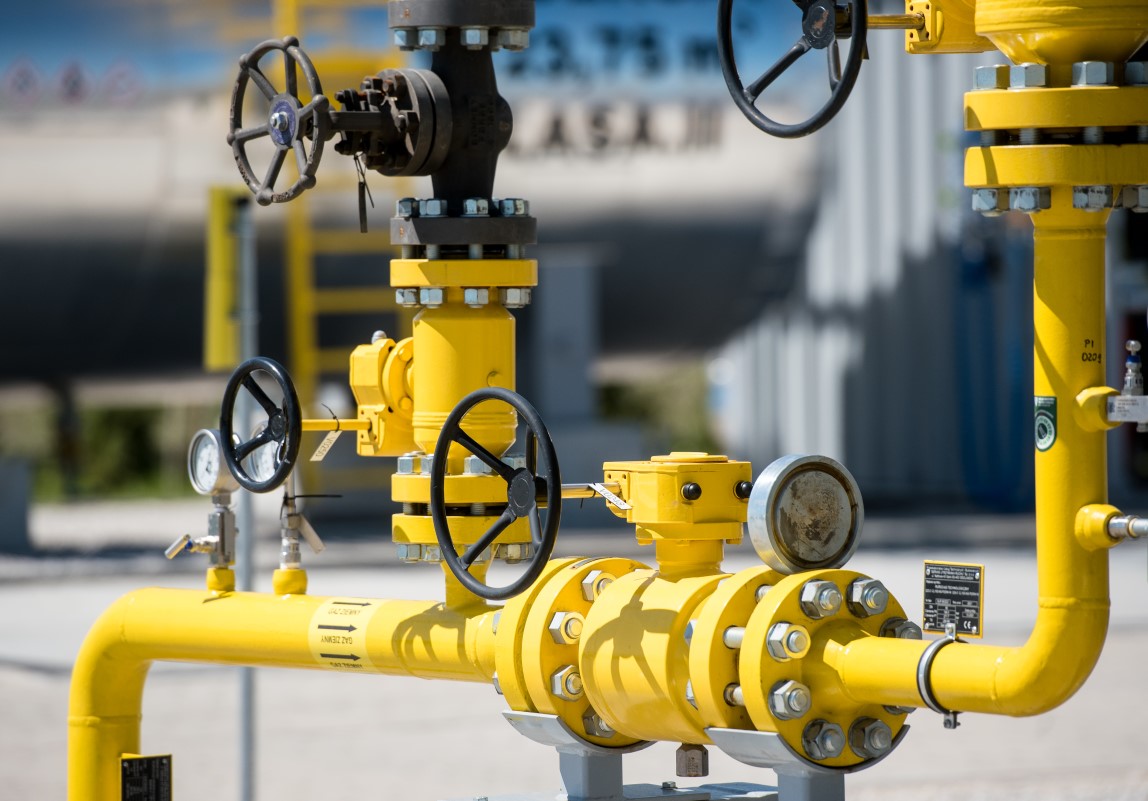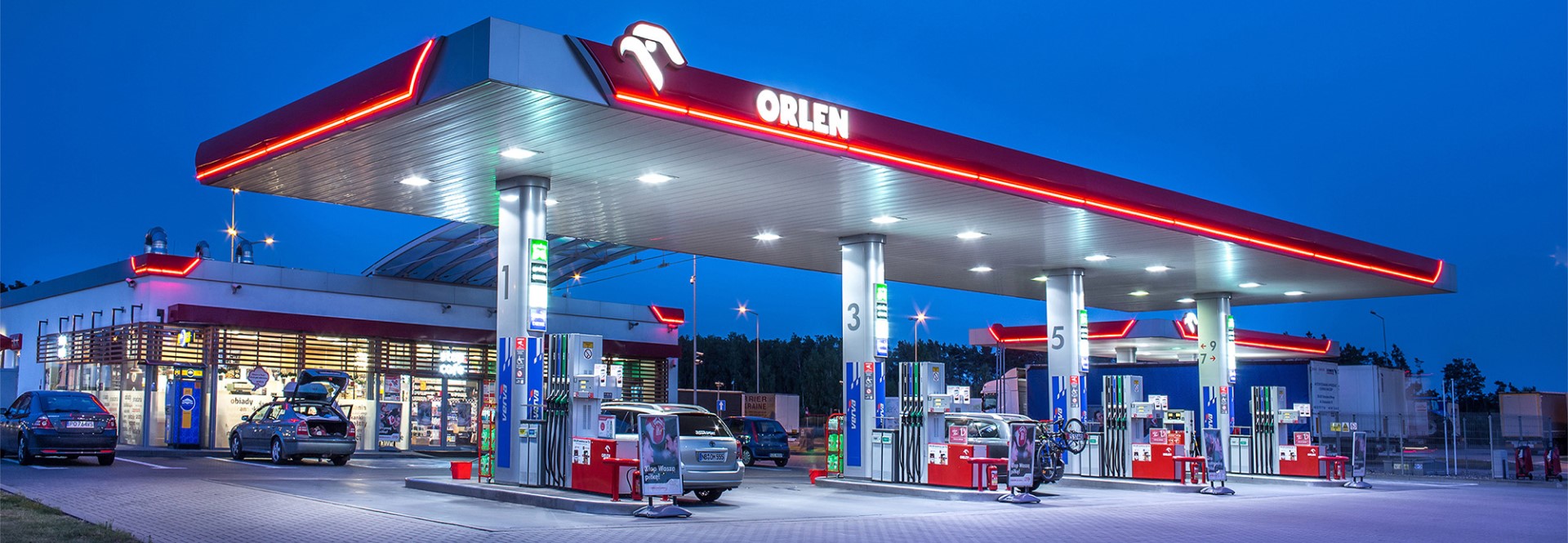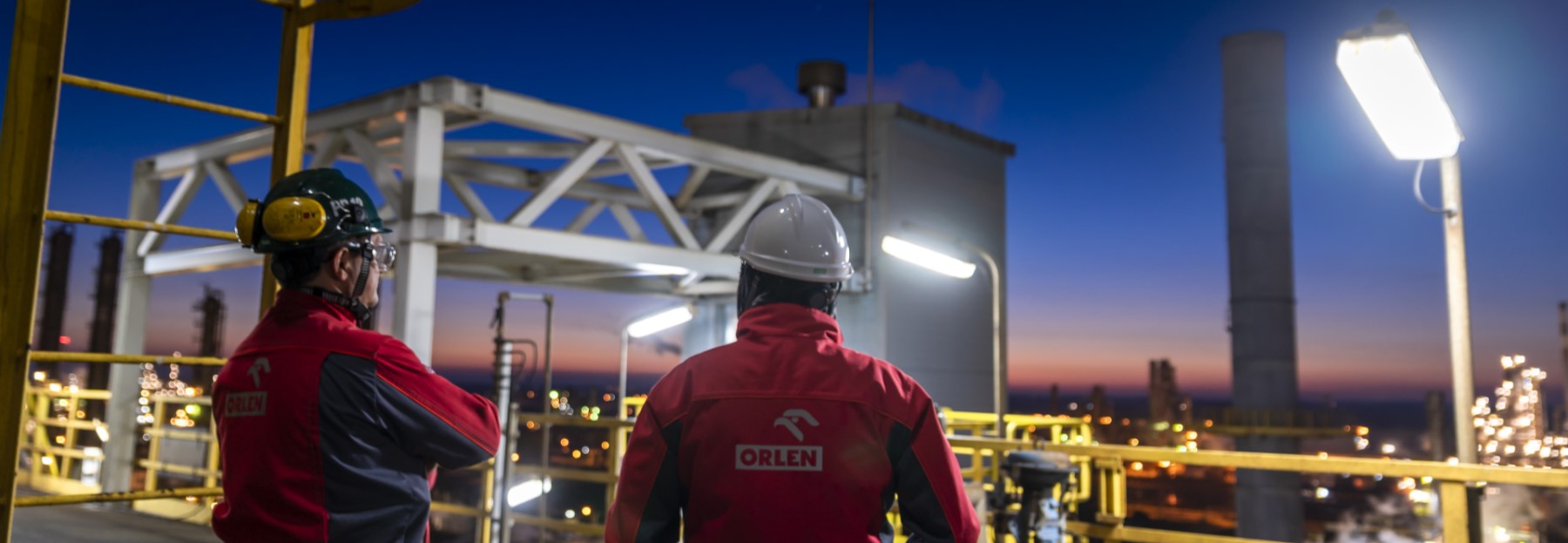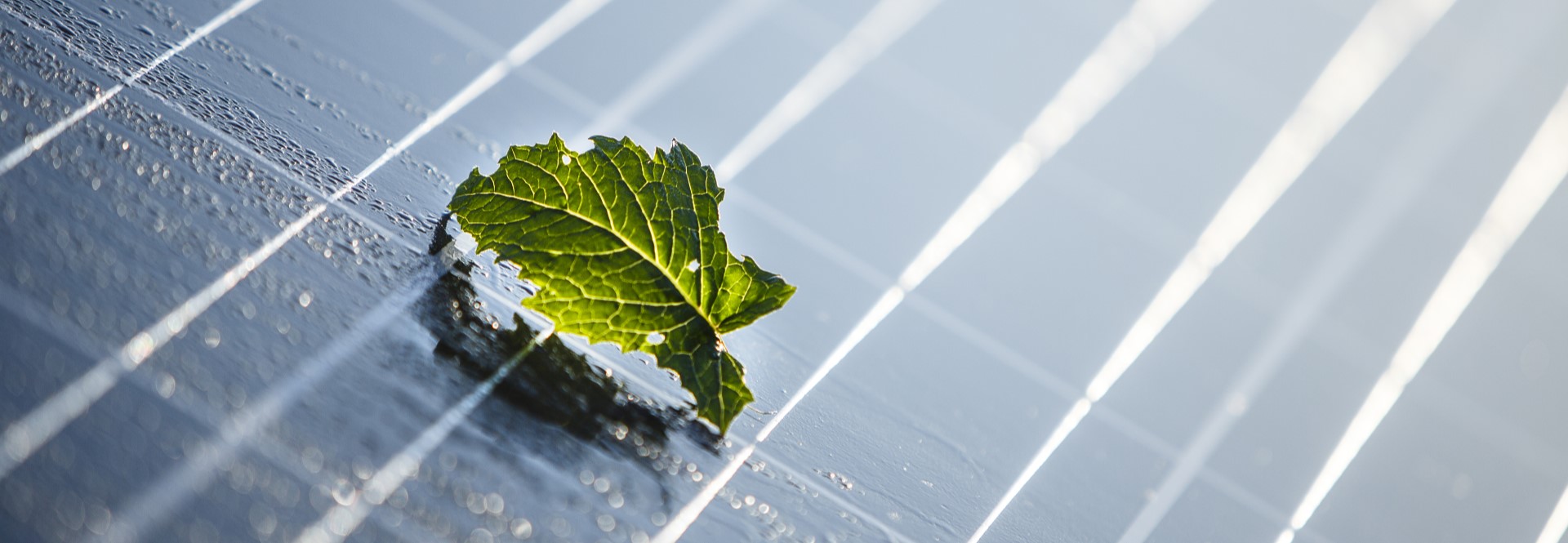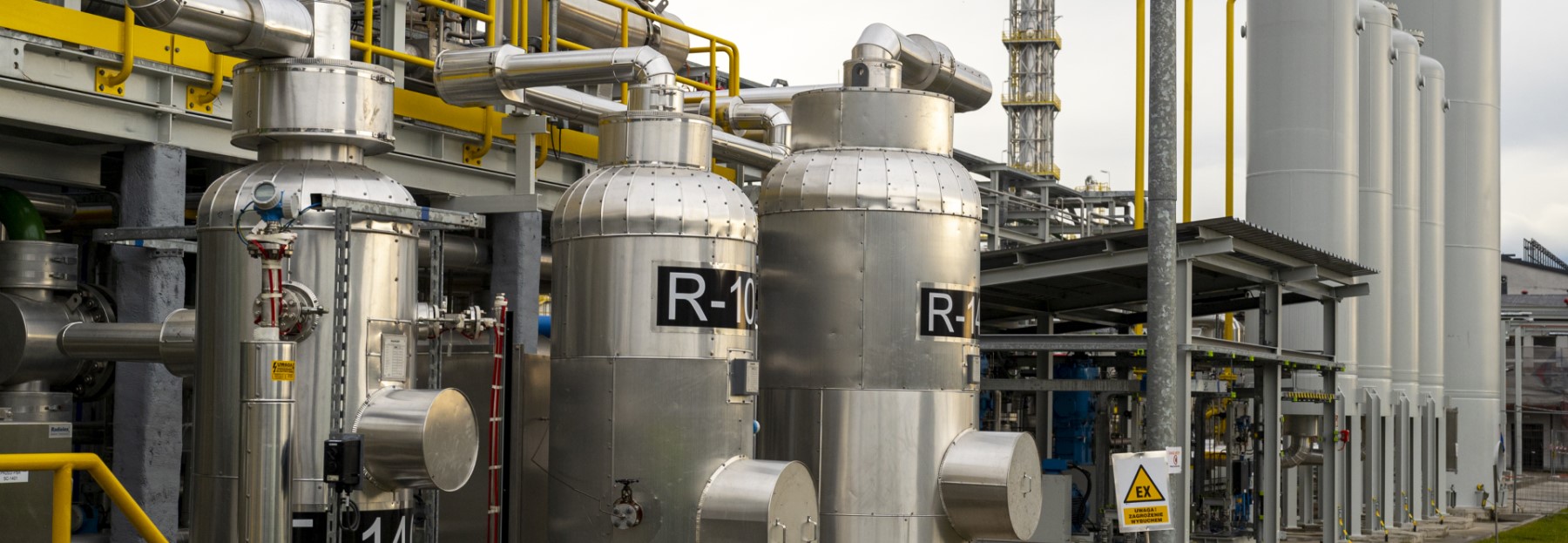The war in Ukraine and the West’s sharp clash with Russia at multiple levels means that existing geopolitical relations and economic ties are about to change significantly.
They can certainly be traced back to underinvestment in that market relative to actual needs, without probing into any deeper reasons. This is the standpoint presented by Fatih Birol, the International Energy Agency Executive Direction[1]. He argues that the gas market is going through a classic supply crisis associated with the unprecedented surge in demand recovering after the pandemic, which the supply is unable to keep up with. A remedy that could help avoid such crises in the future would be to invest in the gas market and its infrastructure, while building up adequate stocks.
In trying to pinpoint reasons behind the underinvestment, i.e. to understand why there is not enough gas available on the market (leaving Gazprom aside for a moment), there are strong arguments that such reasons may lie in internationally uncoordinated efforts involving alternative energy sources.
The regulatory and financial incentives for EU operators to accelerate investment in renewable energy are not matched by any requirements to secure the continuity of energy supply. The default role is played by the gas capacity along with the liquid (until now) LNG market, which supplies the entire world. But the market regulators resolving to step up the energy transition not only refused to afford support, but actually discouraged investment in that market. And yet one of the main reasons behind current tensions in the LNG market is a significant increase in the share of interruptible capacities, all of them securing the continuity of supply in the gas market. But that concerns the liquid segment of the market, namely that of LNG, which only accounts for 13% of total gas supplies. This seems like a lot compared with pipeline imports, which add another 16%, but little compared with the 71% share of domestic gas, consumed where it is extracted. If a 10% increment in global gas consumption were to tap the LNG market, it would absorb more than a half of its total supplies. This is a situation we have witnessed since September 2021. China’s boycott of Australian coal has shaken up the coal markets but has also had an impact on the gas market, as China has filled the resulting gap in its generation mix with increased purchases of LNG.
This is why Professor Dieter Helm of Oxford University argues that “The current crisis was very predictable, and its causes run deep. A series of simple myths have been spun out to the wider population, which simply are not true. It is not yet true that renewables are cheaper than the main fossil fuels once intermittency is taken into account. Simply ignoring the need for back-up in claims about renewables costs will not make them go away. On the contrary, two inconvenient facts remain. The first is that whilst intermittency was not much of a problem when there was very little wind capacity in the system, it now very much is. Now that wind and solar make up a much bigger share of total capacity, this really matters – and it needs a much bigger investment in back-up capacity. The economics of that back-up capacity is seriously impaired by renewables at times producing wholesale prices of zero – when the wind is blowing well and the sun is shining – and very high prices when they are not. In the UK, in the old fossil-fuel and nuclear system, total capacity requirements were of the order of 70–80 GW. For a system where wind and solar sometimes can produce all the energy demanded and sometimes very little, that firm power capacity needs to remain in place, plus the wind turbines and solar panels too. We need a great deal more capacity to meet any given demand.” And he puts it bluntly: “That has to paid for by someone. Pretending that the costs do not exist, or that they will all go away in a blitz of new technologies anytime soon, is a dangerous climate change narrative. Worse still is to just assume that it can all be paid for by borrowing. That just means that not only are we not prepared to pay the costs of decarbonisation, but we want to dump both the costs and the climate change onto the next generation.”[2] After all, at the end of the day, it is us consumers who pay for everything.
Also Rice University researchers in their recent report take a realistic look at what is needed for the global energy transition to succeed. They warn that too rapid a phaseout of fossil fuels could have the opposite effect – stranding climate progress in the so-called ‘valley of death’. “Pushing to defund fossil fuels – before lower-carbon resources can credibly ‘fill the gap’ – risks destabilizing a global energy- food-water-human well-being nexus that, sufficiently perturbed, would likely delay energy transition efforts for decades.”[3]
The pace of the transition, certainly a strategically important issue, has preoccupied us for long[4]. According to scientific consensus, the world can keep global warming below 1.5 degrees Celsius on condition that it achieves carbon neutrality by 2050. This in turn requires a reduction in global carbon emissions of at least 45% compared with 2010 by 2030. Given that the trend in global carbon emissions has remained flat over the past decade,[5] the energy transition should gather significant speed.
[1] https://www.linkedin.com/pulse/europe-world-need-draw-right-lessons-from-todays-natural-fatih-birol/?utm_content=buffer5e2e9&utm_medium=social&utm_source=twitter-ieabirol&utm_campaign=buffer (dostęp 03/02/2022)
[2]http://www.dieterhelm.co.uk/energy/energy/luck-is-not-an-energy-policy-the-cost-of-energy-the-price-cap-and-what-to-do-about-it-2/ (dostęp 3/02/2022)
[3] https://www.bakerinstitute.org/research/global-energy-transitions-looming-valley-death/ (dostęp 03/02/2021)
[4] https://www.money.pl/gospodarka/impact21-jak-przyspieszyc-zielona-transformacje-6706094159637152a.html (dostęp 03/02/2022)
[5]https://www.carbonbrief.org/global-co2-emissions-have-been-flat-for-a-decade-new-data-reveals (dostęp 9/11/2021)

